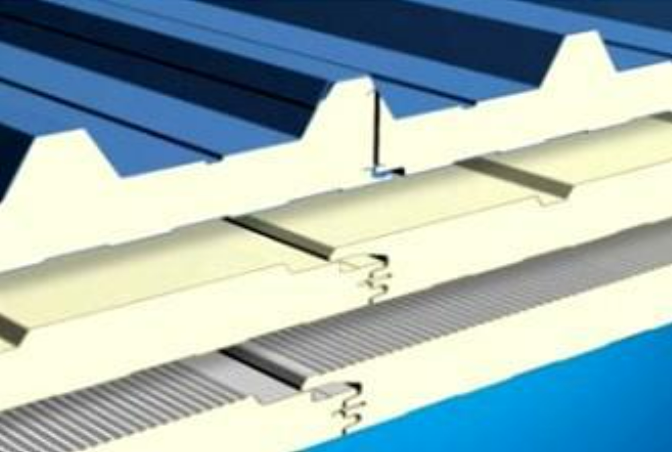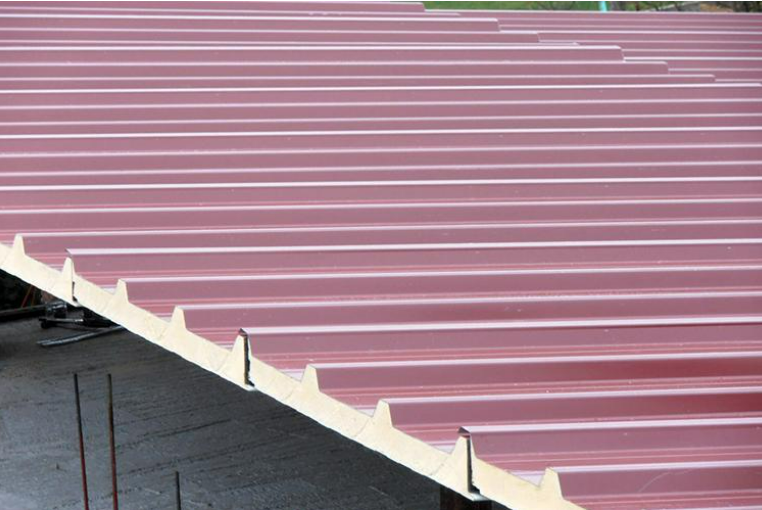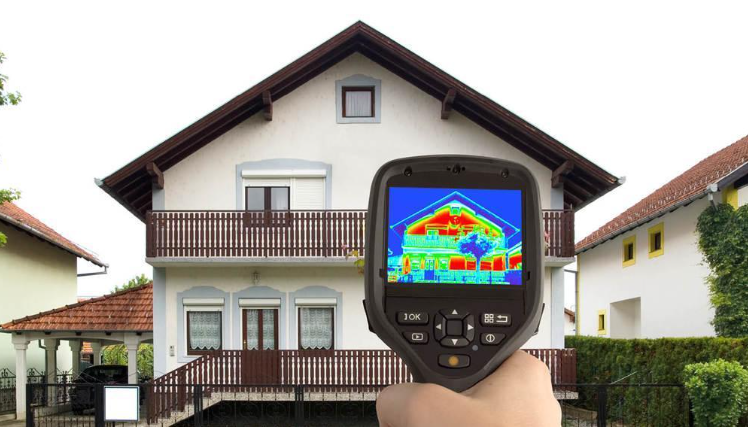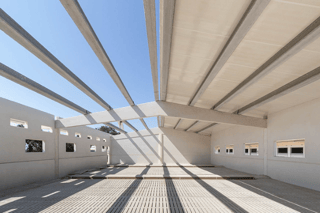Sandwich panels are one of the most economical insulation solutions, with greater durability, shorter installation time, less need for maintenance and greater capacity for acoustic and thermal insulation. In addition, they can be adapted to all building needs and typologies, with different types of panels for each case.

Types of panels according to the application
Sandwich panels for facades
The variety of finishes of sandwich panels make them a very popular choice for facades. They have the advantage that the final result is very aesthetic because the fixings are hidden. Other advantages are their lightness, modularity and high insulation performance.
This type of panels is mainly used to insulate facades and walls, as well as interior walls. They are suitable for industrial buildings, sports centres, residential and public buildings.
Sandwich panels for roofs
In this case, the panels, unlike those for facades, are highly exposed to the action of rain, snow or wind, as well as to their weights. They are installed on roofs and decks of all types of buildings, although they are most commonly used on roofs with a minimum slope of 7%.
Their installation is usually combined with watertight joints, which makes installation quick and easy and does not reduce the insulation of the roof. Self-drilling screws are also used to fix them to the structure, and sealing systems are used to prevent water seepage.
The most basic models of sandwich panels for roofs do not have a finish that embellishes the outside. For this reason, there is the option of the tile-type sandwich panel, which has a sheet metal covering that offers an appearance similar to a ceramic tile. Thus, it is mostly used in residential buildings.
There is also a specific type of sandwich panel for farm roofs, with a specific treatment that provides extra protection to withstand the special environmental conditions to which the panel is subjected.

Refrigeration panels
The panels are also used to insulate temperature-controlled spaces, such as cold rooms or freezers. In these cases, the types of sandwich panels used are thicker in order to withstand very low temperatures. They offer optimum insulation and are easy to install.
Characteristics and properties of sandwich panel to be taken into account
This modular and prefabricated insulation system stands out for its lightness, making installation one of its great advantages, as it is quick and easy. Likewise, the sandwich panel can be customized in terms of size, thickness and finishes.
It also has a low thermal conductivity coefficient, making it an excellent thermal insulator with great durability thanks to the protection of its outer layers, which also make it highly resistant to fire. Sandwich panels also stand out for their total impermeability to water, steam and air, which also increases their useful life. They are also excellent for acoustic insulation.












